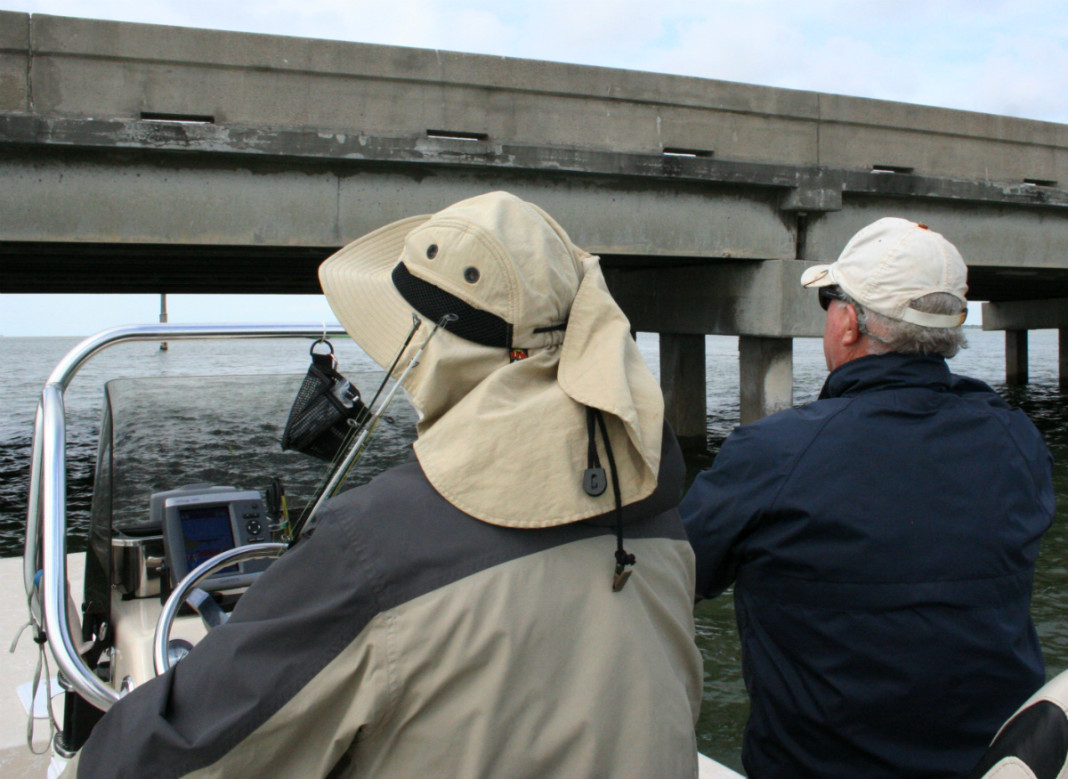National Safe Boating Week is this month.
That means there’s no better time to brush up on the intricacies of Texas’ rules and regulations – and why they’re in place.
Most boaters certainly follow the letter of the law and use common sense whether they’re angling or simply enjoying a day with family. However, just as in hunting and other outdoor pursuits, things can go from bad to worse in the blink of an eye. In these instances it’s always best to be armed with the knowledge and skills that could end up saving your life or the lives of others.
With that in mind, here’s a glimpse at common boating safety questions.
What are Texas’ boater education requirements?
Anyone born on or after Sept. 1, 1993, must pass a boater education course to operate vessels over 15 horsepower and wind-blown vessels over 14 feet. The course also must be passed to operate all personal watercraft. Fees start at $20 for a basic course and there are numerous ways to study up on the regulations surrounding safe boating. The courses have helped to curb accidents and fatalities, much in the same fashion as hunter education. And it’s a good bet you’ll meet up with some type of law enforcement officer on the water. In 2010, there were 192,882 boating compliance vessel checks and game wardens issued 9,705 citations and 9,928 warnings.
The numbers don’t lie: Only 10 percent of boating-related deaths occurred on vessels where the operator had received safety instruction, according to figures from the Coast Guard.
What type of life jackets do I need?
Life jackets should be second nature for every boater and angler, but the statistics back up their importance. More than two-thirds of fatal boating accident victims drowned, and of those, 90 percent weren’t wearing a life jacket, according to Coast Guard data.
TPWD recognizes five types of personal flotation devices. A Type I PFD (offshore life jacket) is best for open, rough or remote waters. A Type II (near-shore buoyant vest) is best for calmer, inland waters and is less bulky. A Type III (flotation aid) is what most people use. It is the most comfortable for continuous wear. A Type IV (throwable device) can be a life ring or other buoyant float. A Type V (hybrid device) is the least bulky but must be worn to be counted as a legal PFD.
In Texas, all vessels less than 16 feet, including canoes and kayaks, must be equipped with one Type I, II, III or V for each person on board. Vessels 16 feet and longer must have one Type IV which must be readily accessible, in addition to the Type I, II, III or V for each person on board.
Children under 13 in motorized boats less than 26 feet must wear an approved PFD while the craft is underway.
Is it illegal to have open alcohol containers on a boat?
No. However, boating while intoxicated is an offense similar to driving while intoxicated.
A first conviction for BWI is punishable by a fine as much as $2,000 and as much as 180 days in jail. The second carries a penalty of as much as a $4,000 fine and as much as a year in jail. A third conviction could lead to a fine of as much as $10,000 and as much as 10 years in jail.
A BWI conviction also can lead to revocation of a driver’s license.
What are the laws involving boating accidents?
The operator of any vessel involved in a boating accident must stop and render whatever assistance is necessary unless that aid would endanger their boat, crew or passengers. The operator must provide their name, address and vessel ID number in writing to any injured person and to the owner of property damaged in an accident.
Failure to do so in an accident that results in death or serious bodily injury is punishable as a Texas Parks and Wildlife Code felony. Failure to do so in an accident that does not result in death or serious bodily injury is punishable as a Class A misdemeanor.
What other devices do I legally need?
Any vessel less than 39 feet in length is required to have a whistle, horn or other sound-producing device onboard for the signaling of intentions and position if visibility is reduced. Vessels longer than 39 feet are required to have a whistle or horn and a bell.
Each motorboat towing at least one person must have an observer, other than the operator, who is at least 13 or have a rearview mirror of at least 4 inches from top to bottom and side to side.
All vessels when not docked, including paddle craft, must have at least one bright light, lantern or flashlight visible in a 360-degree angle from sunset to sunrise in all weather conditions and when visibility is restricted.
What are the state’s boating registration and title requirements?
All motorized boats, regardless of length, all sailboats 14 feet or longer and any sailboat with an auxiliary engine must be registered. In addition, all outboard motors must be titled. Vessels exempt from the requirements include non-motorized canoes, kayaks, paddle craft or rafts, regardless of their length, and sailboats under 14 feet.
Summer boating season is right around the corner and with more students getting out of school in coming weeks, it’s prime time to head to lakes, bays and the Gulf.
Just make sure you’re conducting yourself accordingly and safely.



















